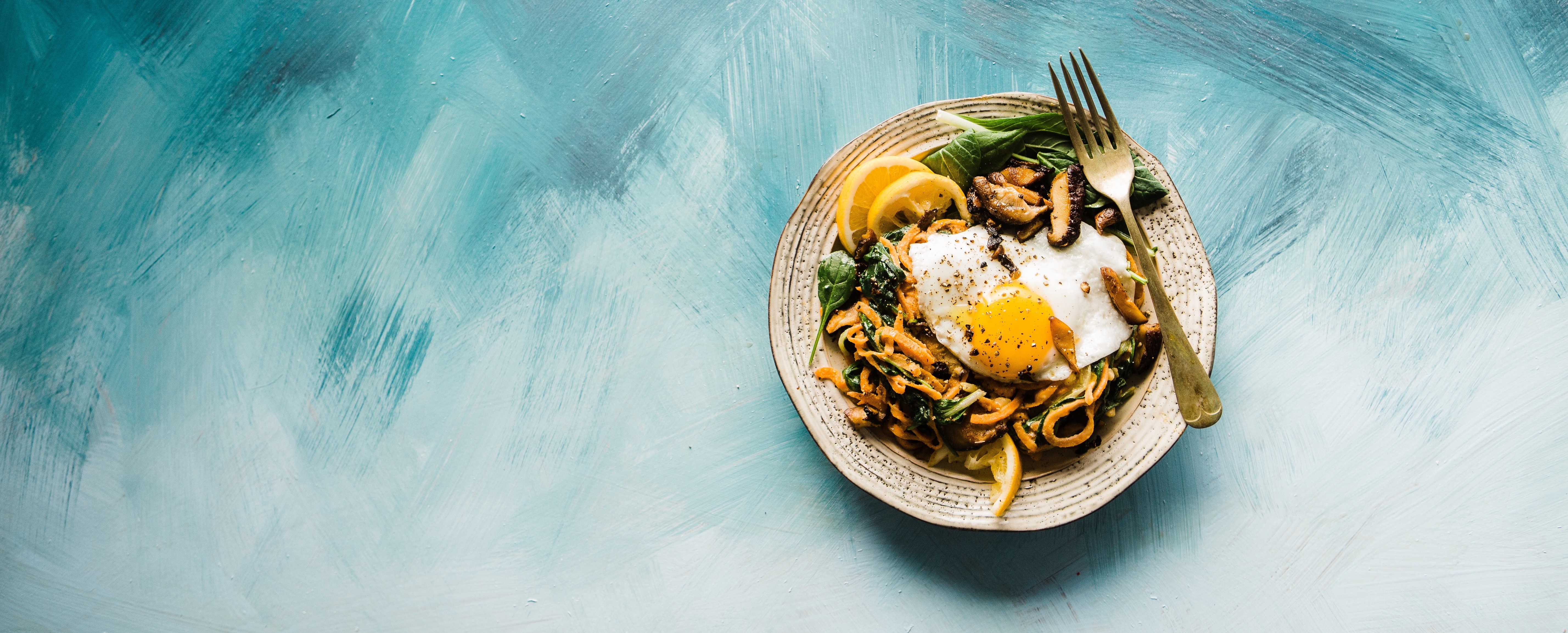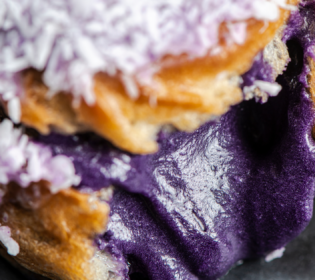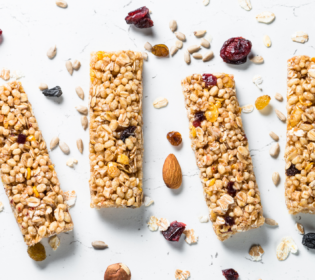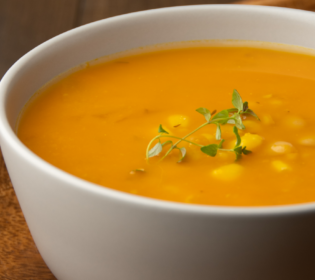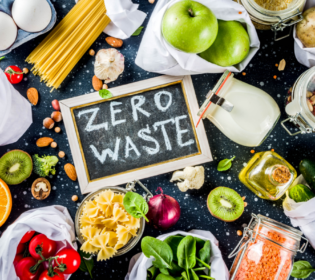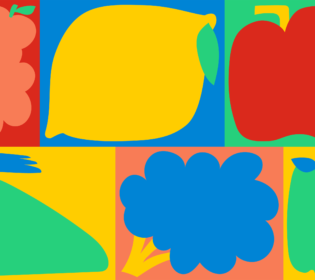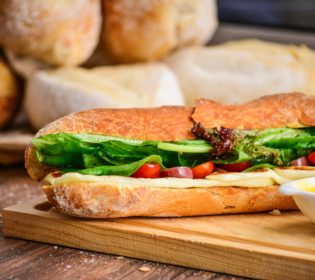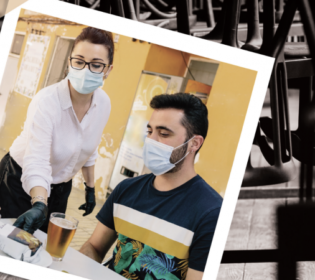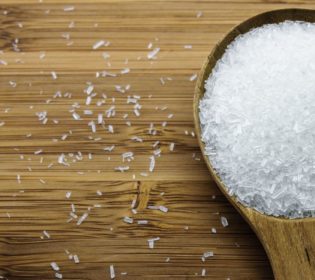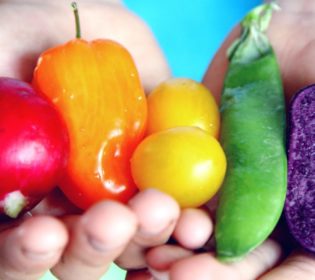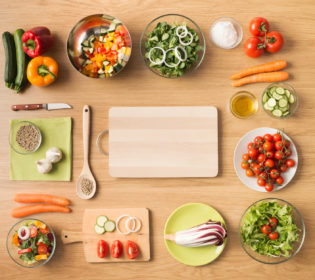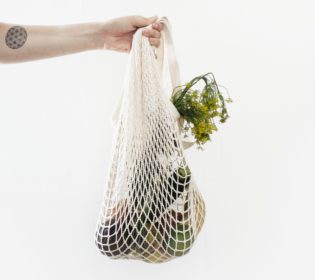Practical Plating Techniques
First impressions matter. Even with food.
Before your customer takes their first bite, they have already tasted your food with their eyes. Make the first glimpse as good as the first bite with these practical plating techniques.
The Plate
The plate is your canvas for creative food presentation but there are certain basic plating techniques you should follow.
- Begin with clean plates.
- Serve hot food on warmed plates.
- Present food on only two-thirds of the plate.
- Once food is plated, wipe any drips, spills, or smudges with paper towel dipped in vinegar.
- Make an example plate and take a picture for kitchen staff to use as reference.
Vary your canvas by experimenting with plate shapes and plate colours. How would you change up the presentation of a meal on a round versus a horizontal plate? Which looks more interesting, more appetizing? Plate colour can play a role, too. White plates are popular because the food’s colour and presentation can shine.
Plating the Food
No plopping of food on a plate, no slapdash sling of mashed potatoes – plating food is a skill. Follow these rules to present appetizing food plates, then if you can do so artfully, break them.
- No matter what you serve, always leave an inch from the rim of the plate. This way, every food element can be noticed and together the meal looks more appetizing.
- A traditional plate presentation positions the food by the clock: 12 o’clock to 6 o’clock for the veg, 6 o’clock to 9 o’clock for the protein, and starch from 9 o’clock to 12 o’clock.
- Employ the visual design principles taught in culinary school, such as:
- Place items in threes, not two, not four.
- Compose a plate with balance.
- Strive to vary colours, height, and texture.
Get educated and inspired by searching out food plating and presentation on YouTube. A great place to start is the video Essential Elements of Plating from the Institute of Culinary Education.
Find The Perfect Plate At Wholesale Club
